The United States imports more goods than any other country in the world. From oil, its biggest import, to computers, tires, t-shirts, makeup and taxi meters, most of the things Americans use every day come in a 40-foot container on a cargo ship from somewhere else. From there, the goods travel to local stores by truck or train to be put on the shelves.
“I was always a collector of stuff,” says Geraldine Knatz, who was the Executive Director of the Port of Los Angeles for over seven years. She retired at the end of 2013.

I think they were designed really to help people with geography,” says Knatz of her board game collection.
She’s in her office, where a series of vintage board games clutter the conference table: Trade Winds, Pana Kanal and Cargoes (for ages 7 to 15). It’s her personal collection of historic games from the late 19th and early 20th centuries. She points to a newer merchant marine game from the 1990s.
“It is so complicated,” she says. “I took one look at it and I said okay, that’s nice to have for the collection, but I’m not gonna try and play it!”
Knatz, who is in her early 60s, has a relationship with stuff that is typical for a lot of baby boomers. It means something. “When I was in high school, heck you wanted to get married, you wanted to buy your house, and you wanted to fill it up with stuff,” says Knatz.
But she has noticed that as her generation has started aging, the constant influx of stuff is dropping off. Simply put, younger people aren’t buying as much. While their parents were getting old, the recession hit, the debt load grew, and things like cars and houses and other indicators of adulthood became less important. “There’s some dramatic things going on in society that are going to ripple through this industry, that are going to affect us in terms of that volume growth,” says Knatz.
Imports and Exports
Imports rule at the ports of Los Angeles and Long Beach. In 2013 the ports saw a whopping $314.9 billion in imports, while exports only accounted for $80.4 billion in trade.
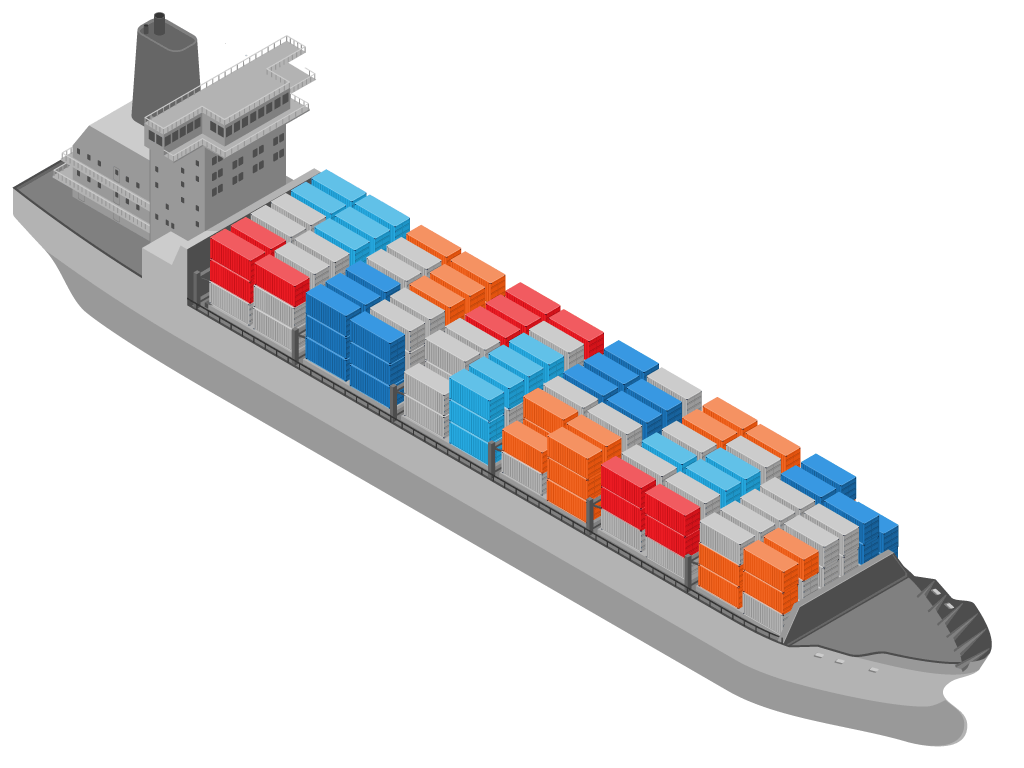
Gas

Of the $86.67 billion in gasoline and other fuels that enter the United States, $2.9 billion is imported through the ports of L.A. and Long Beach. And $1.2 billion of the $111.8 billion in gas and fuel we export nationwide goes out through these same ports.
Toys

Toys are one of the top imports into the ports of L.A. and Long Beach, bringing in $5.1 billion in trade. Nationwide, the country sees $11 billion in imported toys, with most of them coming from China.
Bicycles

The ports of L.A. and Long Beach are the number one importer of bicycles in the United States. Most of the bikes come from China and Taiwan, though bikes also come from the U.K., Canada, Germany and Tajikistan, which sends more bikes than Spain.
Cotton

The ports of L.A. and Long Beach export $2.5 billion in cotton. Most of it goes to China, and some of it likely comes back as knit clothing, which makes up over $8 billion in imports to these two ports.
Air
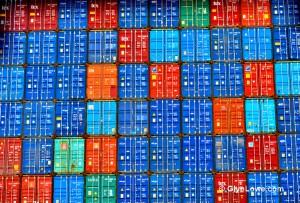
It's a joke around the ports that the biggest export is air. Empty containers account for 23 percent of the trade at the ports of L.A. and Long Beach.
Garbage

Garbage is the United States' number one export to China. Paper and metal scrap make up a whopping $5.3 billion of trade out of the ports of L.A. and Long Beach. Some of this is recycled into new products and sold back to America.
Aircraft

With Boeing in Southern California, it's no surprise that civilian aircraft and parts is one of the biggest exports from the ports of L.A. and Long Beach, to the tune of $784 million. Nationwide, the U.S. exports $105.55 billion in civilian aircraft and parts.
Nuts

California is the number one producer of almonds, and this crop is one of the leading exports from the ports of L.A. and Long Beach. Of the $7.11 billion total in almonds and other nuts leaving the United States, $1.6 billion passes through the ports of L.A. and Long Beach.
Computers
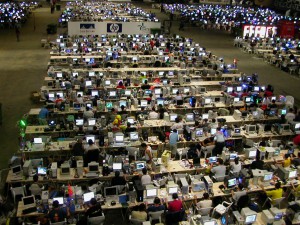
At the ports of L.A. and Long Beach, computers account for $12.8 billion in trade. Nationwide, computers account for $82.02 billion in trade, with most of the machines coming from China. And when Americans throw computers away, where does the e-waste go? China.
Oil

The United States gets most of its oil from Canada, followed by Saudi Arabia, Mexico, Venezuela and Iraq. While Texas sees most of this imported oil, to the tune of $50 billion in trade, the ports of L.A. and Long Beach see $11.7 billion.
Cars
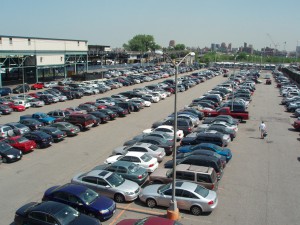
Cars are the number one import at the port of Los Angeles, accounting for $11.9 billion in trade. But that’s just a small fraction of the $153.75 billion in cars that are imported annually to the United States.
Shoes

Shoes and shoe parts make up $13.7 billion in trade into the ports of L.A. and Long Beach. It’s possible that the shoes you're wearing were made from hides that originated in the U.S., went to China to be turned into leather and were sent back to your local store via the ports.
Hides
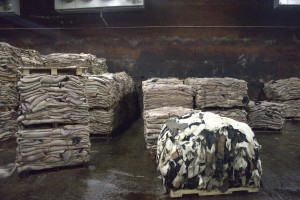
The United States is the world's largest exporter of hides - the skin of horses and cows. Making up $1.6 billion of the trade out of the ports of L.A. and Long Beach, hides are one of Southern California's more valuable exports. While the tanning industry shrinks in the U.S., it’s growing abroad.
Walter Kemmsies, an economist who studies global trade and economic trends, says, “The economy is about people. As people change, the economy shifts.” For a long time, the consumer economy has followed the baby boomer consumption patterns, from cars to furniture to diapers and school supplies for their kids. “They made Kmart do well in the early ‘80s when they were yuppies and then Walmart when they moved to the suburbs,” says Kemmsies. “As these baby boomers went through the cycle of life, they created booms and busts in one industry after the other.”
In the 2020s,1.8 million Americans will turn 65. As they get ready for retirement, their spending habits are changing. “They’re just retired or they’re getting ready to retire and they’re not spending money,” says Peter Peyton a board member of the International Longshore and Warehouse Union. “And we’re seeing numbers drop off dramatically. We’re seeing stuff just drop in a scary way.”
A real time look at cargo ships traveling in and out of the ports of L.A. and Long Beach
